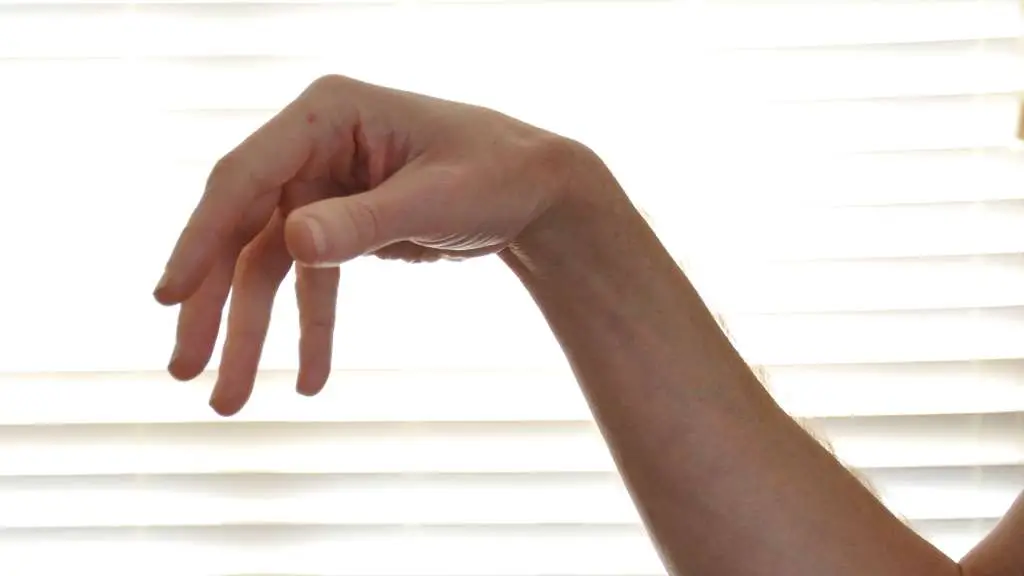
Hear the term “limp wristing” on the range and wonder what the deal was? Although you can guess what’s involved, it may not be clear how to correct limp wrist shooting. You may think that limp wristing can only happen to beginners who are still learning basic shooting techniques (such as proper gun grip), but it can also happen to experienced shooters, especially if they’re using a new platform or developing bad habits over time. Keep reading if you want to learn all about limp wrist shooting and how to avoid being that person!
How A Gun Works
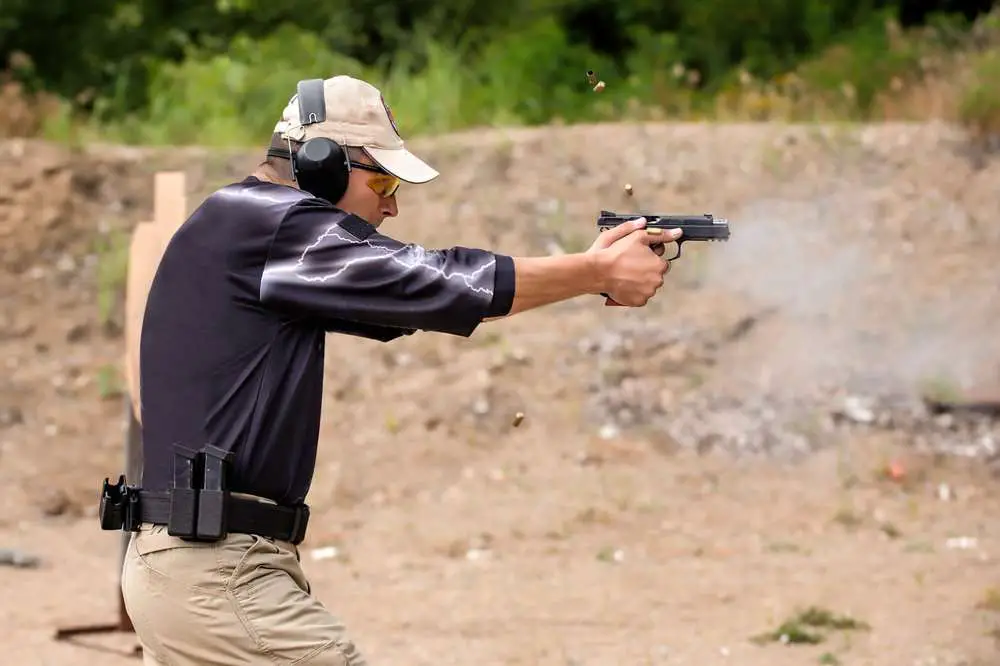
Guns fire a projectile (bullet) at a high velocity so it can accurately hit a target at long distances. Guns expel projectiles or bullets through the force creating an explosion whenever the trigger is pulled.
In semi-automatic handguns where limp wristing often happens, one cycle involves the backward and forward motion of the slide. The slide’s backward motion causes the fired cartridge to be ejected from the barrel. While the slide’s forward motion strips a new cartridge from the magazine and pushes it into the chamber for the next round.
That’s the force that the shooter has to counteract!
Guns that are very light (low mass) yet have heavy slides are more difficult to hold in place during this cycle and therefore more susceptible to limp wristing.
What is Limp Wrist Shooting?
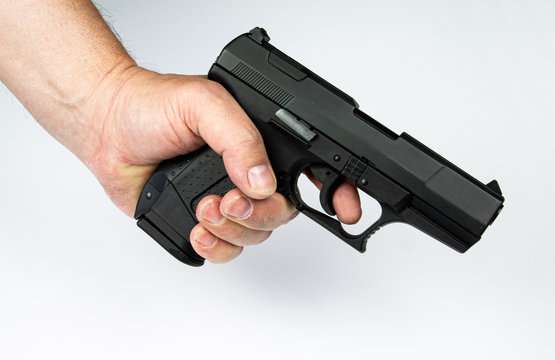
Limp wrist shooting occurs when “the shooter’s grip is not firm enough and the wrist is not held firm/straight enough to keep the frame of the firearm from traveling rearward while the bolt or slide of the pistol cycles. This condition often results in a failure to complete the operating cycle or a jam.” https://en.wikipedia.org/wiki/Limp_wristing
And, it always results in a larger shift in your point of aim, slower follow-up shots, and less accuracy for groups.
Although limp wristing is more appropriately named in semi-automatic pistols, a similar flaw can also happen in rifles and shotguns if fired without the stock in the shoulder.
Limp Wrist Prone Guns and Calibers
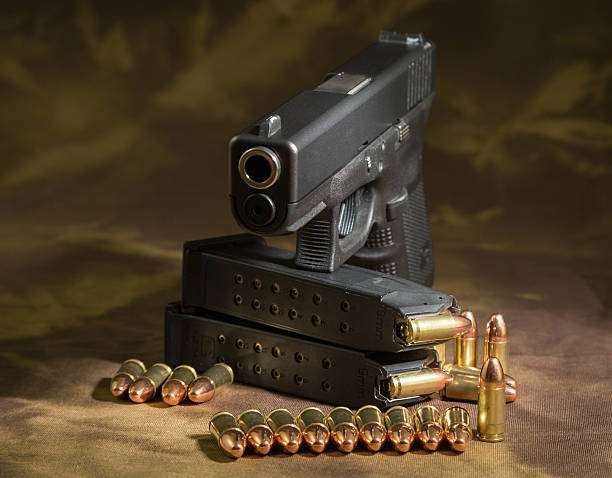
If you collect guns with smaller and lighter frames (such as those made with polymer) and ammo with more recoil, they are more prone to limp wrist. Since polymer guns have less mass in their frames, they tend to move more (the acceleration in Force = mass * accel.) to oppose the slide’s motion. The same circumstance applies to calibers with less gas or lighter recoil such as the 9mm Glock, the recoil is not enough to help the slide move back if the gun is moving at the same time.
Limp Wrist Pistol Malfunctions
Let’s get into the two classes of weapon malfunctions.
Stoppage
A stoppage is a firearm’s failure to complete an operating cycle that’s either caused by improper gun handling (like a failure in fully engaging a grip safety), poor gun maintenance, or user error. A stoppage is usually caused by user error.
This is the correct term for a limpwrist related pistol failure like a stovepipe.
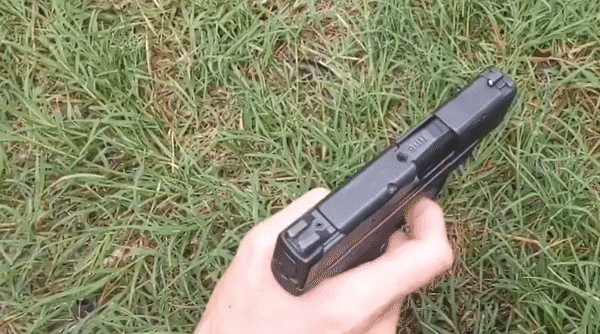
Malfunction
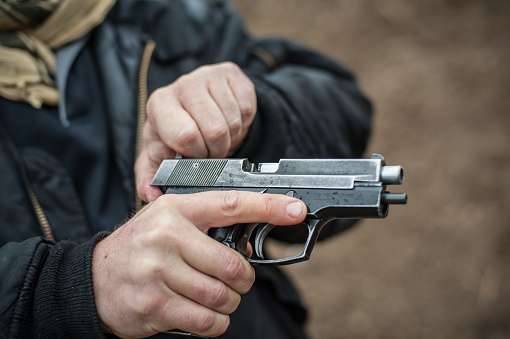
While the dictionary definition of “malfunction” would include any type, in weapons parlance, a malfunction occurs when the firearm fails mechanically, and you might need to replace or fix one of your gun’s components. So while it’s tempting to call a stovepipe a malfunction, it often isn’t caused by a broken part in your gun.
This gets pretty nit-picky, but consider yourself educated. 😉
How to Fix Limp Wristing
The best way to fix or prevent limp wristing is by giving your weapon a solid, two-handed grip. The wrist on your dominant hand should be firmly locked out with your tendons showing.
Of course, a tight grip is useless if your hand positioning on the grip is wrong. Make sure that your strong hand’s grip on the gun is as high as possible to create leverage for muzzle rise management. Similarly, your support hand should also cover as much surface contact area as possible. Always keep your fingers together and avoid sticking your pointer finger up the trigger guard as this will weaken your grip and control on the gun.
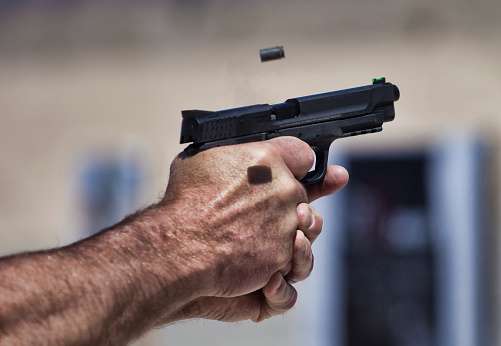
If an improper grip isn’t the problem and your lack of hand strength is what’s causing limp wristing, then engage in hand and wrist exercises. Exercise putty, resistance bands, and dumbbells can all be used to strengthen your wrists.
If the solutions above don’t work, consider getting a heavier handgun, such as those made with metal frames. These kinds of guns move less with the same force of the slide compared to polymer frames, so they’re less susceptible to limp wrist.
Your last resort is changing your gun or your ammo into those with less energy and recoil.
FAQS
Can you fix limp wrist?
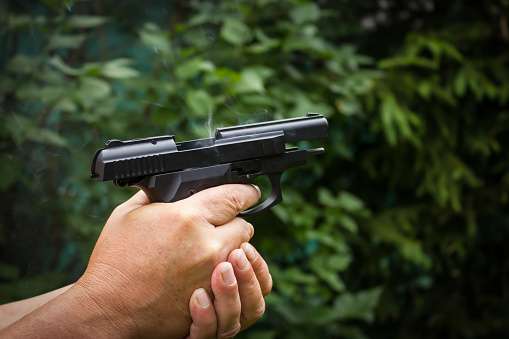
Yes, you can! You can fix and avoid a limp wrist through proper grip on your gun. Read our section on How to Fix Limp Wristing above for more details.
What is Gun Stovepiping?
Stovepiping or stovepipe is a type of gun stoppage that usually happens in semi-automatic pistols. It occurs “when the fired case has not been properly ejected from the port. The case ends up caught between the slide’s breech face and barrel hood as the slide attempts to close.” https://www.ssusa.org/content/what-is-a-stovepipe-malfunction/#:~:text=In%20semi%2Dautomatic%20pistols%2C%20the,the%20slide%20attempts%20to%20close.
Our Key Takeaways
Remember, that proper grip and managing recoil are two of the most important things to consider (among other factors) when shooting a limp wrist-prone gun or caliber.
